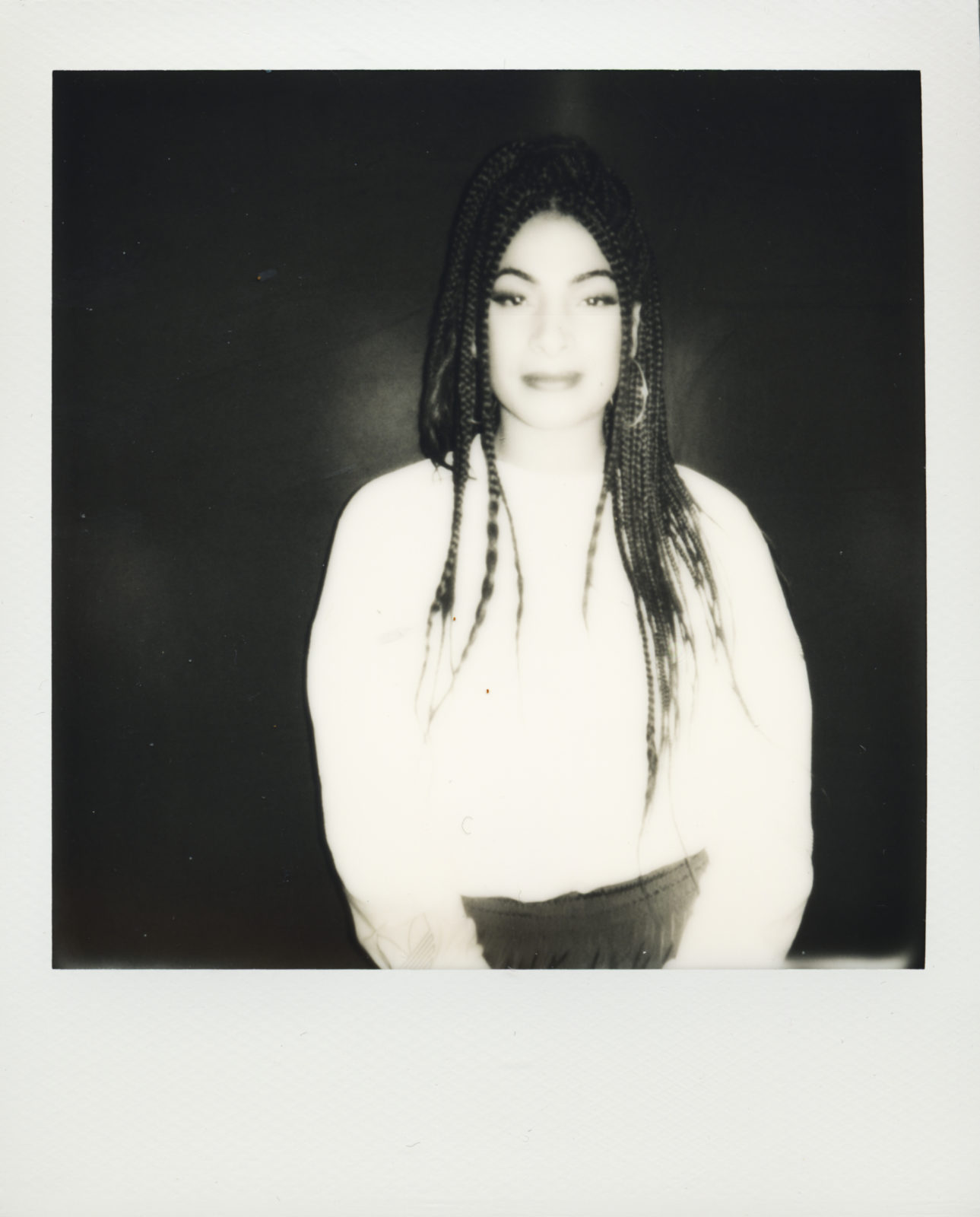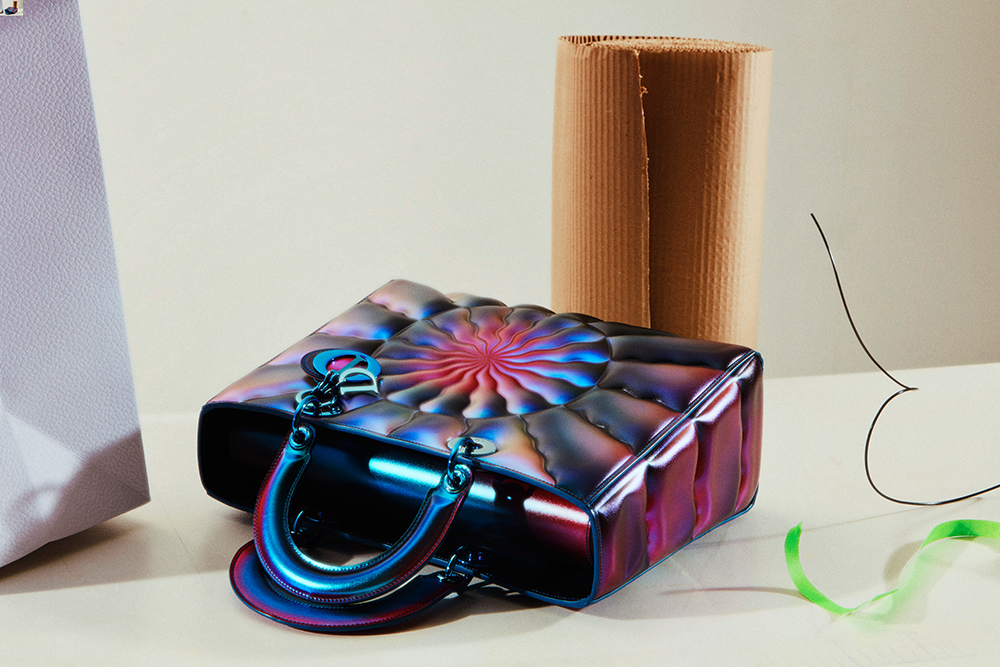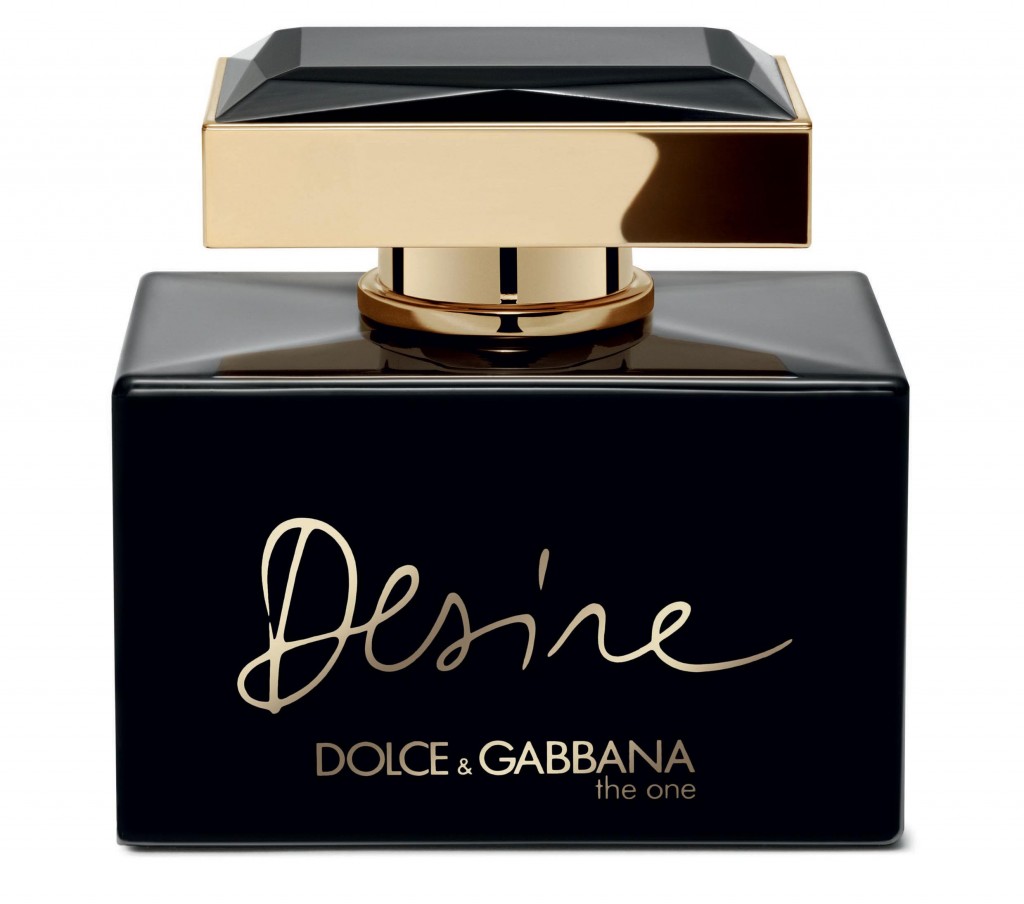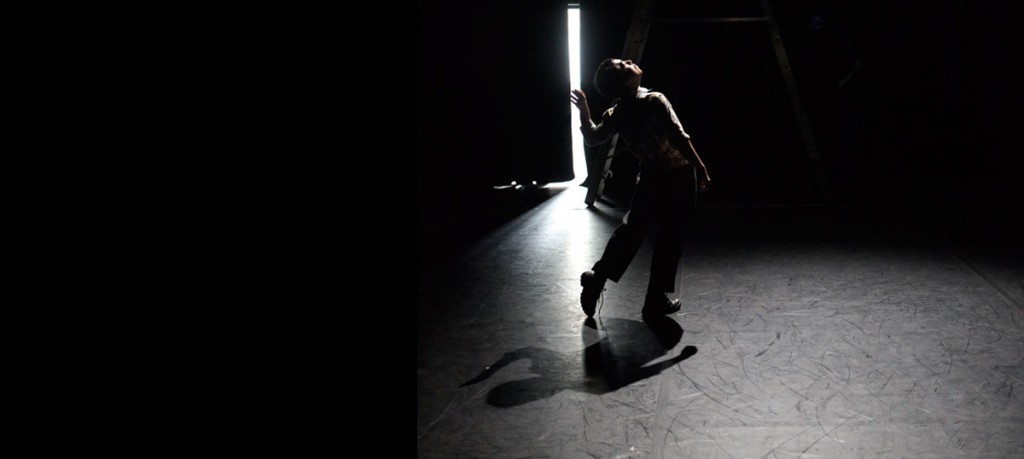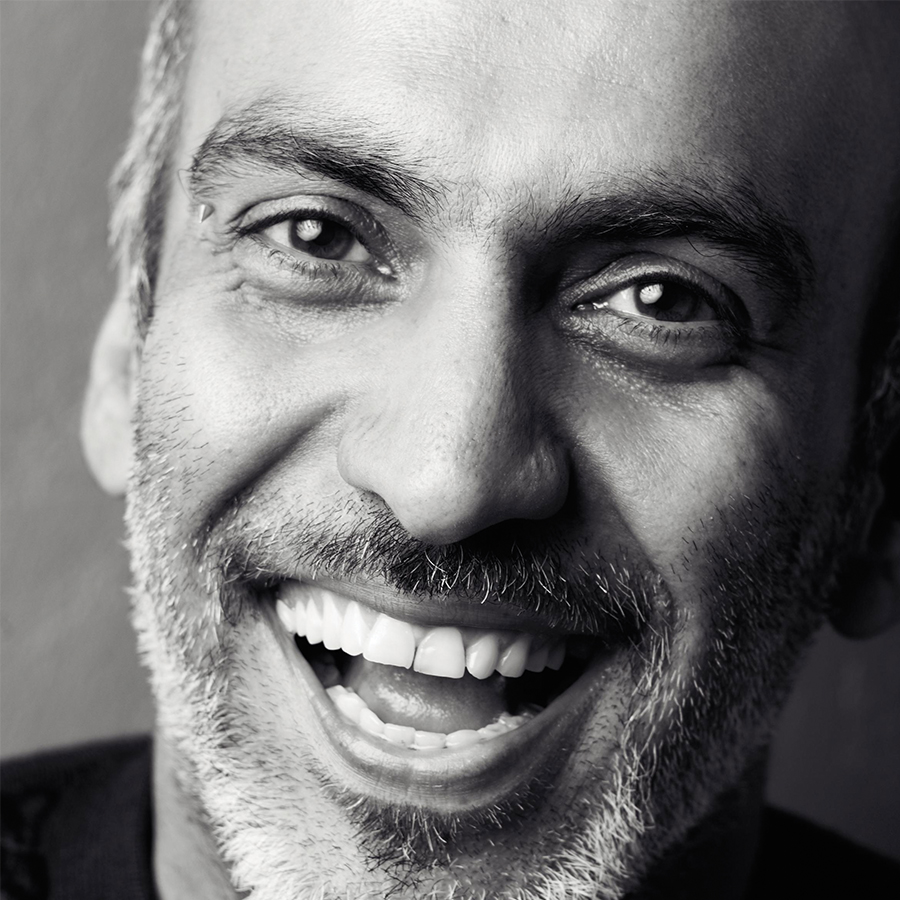
MANISH ARORA ON PASSION
By Crash redaction
MANISH ARORA INTERVIEW ON PASSION: HE GAVE HIS FIRST SHOW IN NEW DELHI IN 1979. IN SEPTEMBER 2005, HE PRESENTED HIS COLLECTION IN LONDON AMIDST APPLAUSE FROM THE PRESS AND BUYERS. HE HAS ALSO GIVEN SHOWS IN PARIS SINCE 2007. NEXT OCTOBER THE INDIAN DESIGNER WILL UNVEIL THE SPRING-SUMMER 2012 WOMEN’S COLLECTION FOR PACO RABANNE. MANISH ARORA TAKES INSPIRATION FROM INDIAN EMBROIDERY TECHNIQUES AND COLORS, WHILE COATING EVERYTHING WITH A SHEEN OF HUMOR.
Interview by Théo-Mario Coppola
How it all began for you?
I was born in Bombay, India. I entered a fashion school in Delhi, studied there for 2 years, and graduated in 1994. After that I worked for an Indian fashion designer, and then started my own brand, working in India for a couple of years. People in Paris took an interest in my work and started to sell my clothes in Parisian shops. After that I showed my collections in London, then Paris… That’s how it began and how it continues.
It all seems so easy when you talk about it. But it wasn’t at all; it took a long time. My first collection in London was in 2005, and in India around 2000.
Were you completely on your own when starting your company?
I have a partner who’s from India, too. For the first two years I was alone, then my partner and best friend finished his business studies and joined me. When it began it was a really small company.
What do you think of the warm welcome your work has received in Europe?
I think it’s great. I’m the first Indian designer to show in London and Paris, so no one can compare me to anyone. And French journalists have been very positive about my work.
Being the first Indian designer has its advantages; although sometimes it can be a bad thing, because I don’t have anyone to take as an example.
Are you influenced by Paris?
Of course I am. I’m influenced by every country I visit, by whatever I do, whomever I meet. In the end it all adds up. The only thing I try to keep is the esthetic I created in India. I won’t forget it because it’s what brought me here.
You work for Paco Rabanne, a French company with a long history. Do you see it as a challenge?
When you look at it, there are many similarities between Paco Rabanne’s work and my own. That’s what made me say yes. I don’t think it matters that I’m an Indian designer in this case; the important thing was to find a designer who has the same mentality, who’s not afraid to make clothes from unconventional materials, etc. It’s a great opportunity for me, the chance of a lifetime.
Would you like to live in Europe?
I split my time between India and Europe, but I was already doing so before showing my collections in Europe. It’s just that now I have a good reason to spend time here. But I’m happy the way it is; I don’t want to settle in one country.
What do you think about the new generation of designers that has arisen in India?
Sometimes I think there are too many new designers. It’s the kind of profession everyone wants to do and it’s still new in India. Our fashion week is only eleven years old… Young people don’t always realize that it’s a hard job and takes a long time.
Are you using the Paco Rabanne archives?
Yes, I am. Everything is very well kept in Paco Rabanne’s offices. It’s beautiful. Everytime I go to the head office I try to go to the archives. I want to respect what his work was in the past.
The brand Courrèges is also making a comeback. What do you think about it?
They’re both brands from the 60s, but they’re so different. It’s great that Courrèges is also making a comeback; but when you look at the product, it’s quite the opposite of Paco Rabanne. The thing they share in common is modernity.
Do other Indians work in your Paris studio?
No, but of course there are other Indians in my Indian studio. There’s a lot of talent in India, but I don’t necessarily want to bring them to Paris. It’s not where you come from that matters, it’s the talent.
Is there something specific about Indian techniques that you want to bring to Paco Rabanne?
The embroideries will be done in Delhi, which is not unusual because nowadays almost all the brands do that. But I’ll be able to use it better because I’m from India, so I know the techniques better than French people, for example. These techniques existed in France before, but not as much anymore because it became too expensive. It’s more convenient to do it in India.
How would you describe your universe?
I want people to have a smile on their face when they see my clothes. I love to use colors, but that’s normal when you’re Indian. It’s not something you plan; it just comes naturally to us. If there’s one thing I should plan, it’s not to use too many colors.
What made you decide to study fashion? Was your family working in that field?
Not at all, I come from a very regular family, a typical middle-class Indian family. I was studying business before, but I stopped after a year because I didn’t feel it was what I really wanted to do. A fashion school had just opened in Delhi and I wanted to try it, so I applied, got a call for an interview, and everything happened too fast for me to realize.
What was the state of fashion in India at that time?
It only existed as part of Indian weddings, it was very traditional and there was no fashion beyond that. To get out of that system and try to show something internationally, I had to learn what was happening in the world. That’s why I started working in France and combining what I learned here and there.
Are there any differences between the collections you sell in India and the rest of the world?
I do a small collection just for the Indian market. It’s a lot more traditional because some clients still want to wear traditional clothes. Things are changing, but we have a lot of festivals and weddings where people want to wear these clothes and not just a white gown or something you’d wear in France or any Western country.
But you do feel there is a new generation in India, particularly in Delhi?
Of course, and the way of life is changing. You can go anywhere and you’ll notice that it’s developing. Certain people make more money and 55% of our population is below thirty. So all that put together makes India a changing country, while at the same time it’s still very much the same country and I hope it will stay that way for some time. It is still a very spiritual country and I don’t see it becoming a country obsessed with material things. Everyday life and spiritual life are still very closely connected in India.
Interview from Crash #57






